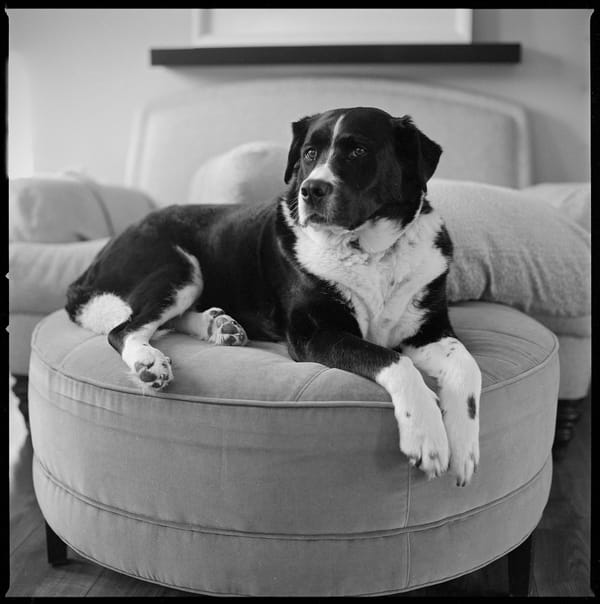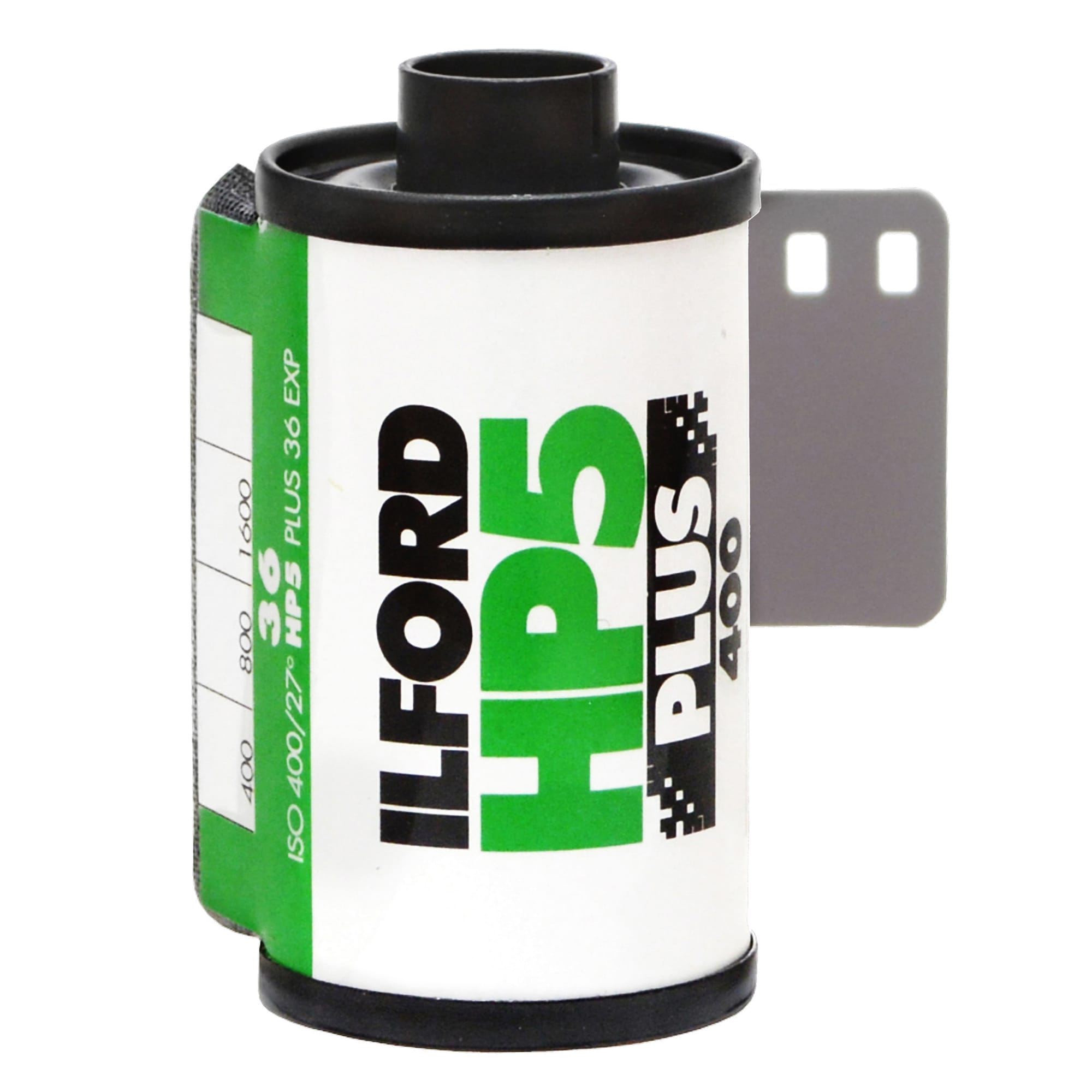Roll 204
A roll through the Hasselblad

2025 Roll 194 (Olympus OM-2n / HP5)
Here are a few images from the first roll I ran through the Olympus OM-2n after having it overhauled by John Hermanson. The camera feels very good.
Roll-185 (Canon AE-1 Program HP5)
The Canon AE-1 Program was my first real camera. Unfortunately, I no longer own that original from 1982, so I bought another one in 2013. It's not a great camera, but it works. I like to put a roll through it now and then.
Considering film (only)
Whenever I review my recent photos, I am reminded that I prefer film. Film is fun, if sometimes frustrating, to shoot. Film cameras are cooler. And I love the results. This morning I was tinkering with film emulation styles in Capture One, to see if I could get something close
Film photography as late-stage Burning Man
I’ve never been to Burning Man, but for years I really wanted to go. I mean c’mon, a bunch of normies heading out to the beach (at first, but later, the desert) to do drugs, walk around half (or fully) naked, and opt out of society for a
